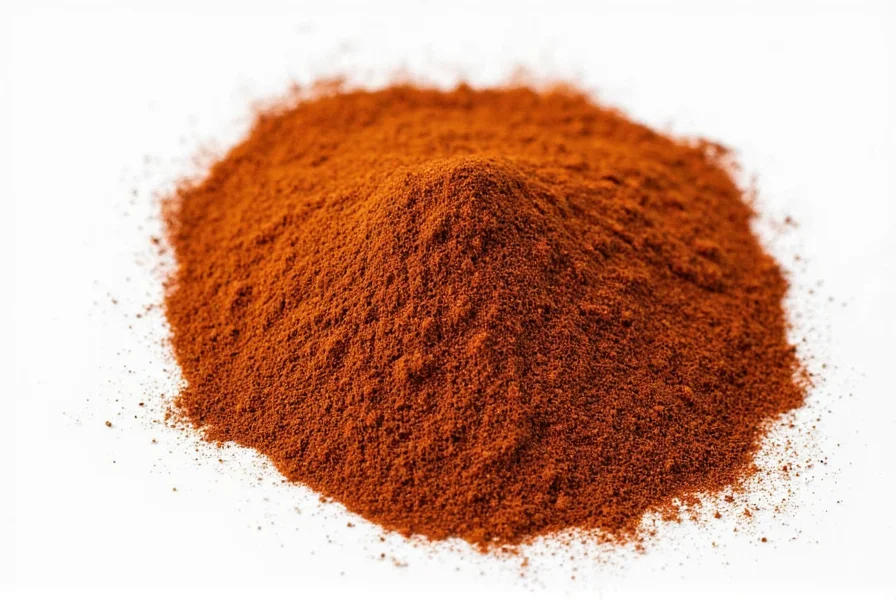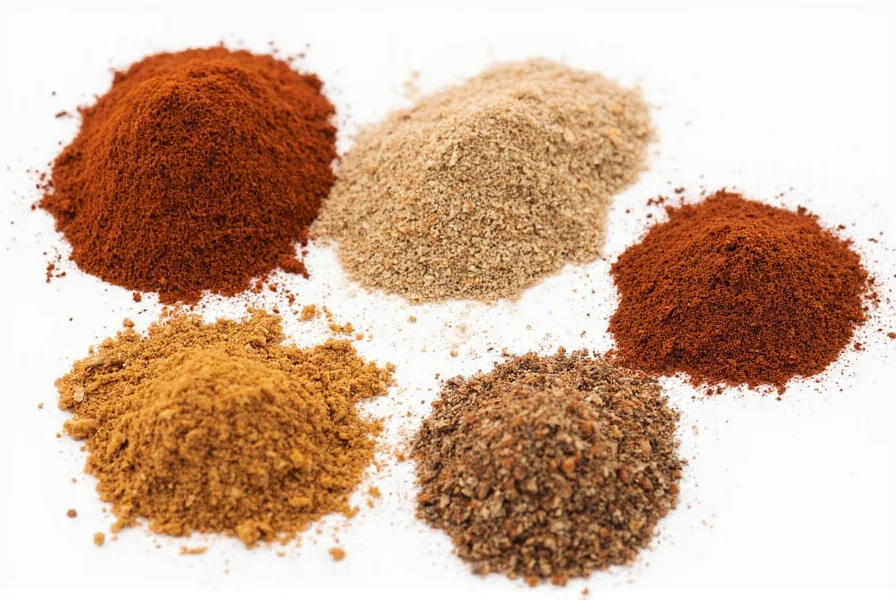Many home cooks confuse adobo spice with the Filipino dish called adobo, but they're fundamentally different culinary concepts. Understanding this distinction helps you use adobo spice correctly in your cooking repertoire.
What Exactly Is Adobo Spice?
Adobo spice represents a dry seasoning blend popular across Latin America and the Caribbean, particularly in Puerto Rican, Mexican, and Cuban cooking traditions. This aromatic mixture serves as a versatile dry rub that imparts deep flavor to various ingredients without requiring liquid components.
Unlike the Filipino cooking technique also called adobo (which uses vinegar, soy sauce, and garlic to braise meats), adobo spice refers exclusively to the dry seasoning blend. This critical distinction explains why searching for what is adobo spice made of yields different results than researching Filipino adobo recipes.

Core Ingredients in Authentic Adobo Spice
While regional variations exist, most traditional adobo spice blends contain these essential components:
| Ingredient | Proportion | Flavor Contribution |
|---|---|---|
| Garlic powder | 25% | Savory depth, pungent aroma |
| Onion powder | 20% | Sweetness, umami foundation |
| Dried oregano | 15% | Earthy, slightly floral notes |
| Black pepper | 15% | Warmth, subtle heat |
| Paprika | 15% | Color, mild sweetness |
| Salt | 10% | Flavor enhancer, texture component |
Some commercial blends may include additional elements like cumin, turmeric, or cilantro, but purists argue these deviate from traditional formulations. When exploring what is adobo spice used for, you'll discover it functions as both a dry rub and seasoning base for marinades.
Regional Variations of Adobo Spice
The term adobo creates confusion because it represents different concepts across culinary traditions:
Mexican and Caribbean Adobo
In Mexico and the Caribbean, adobo refers to a paste or dry rub typically containing:
- Annatto seeds (for color)
- Vinegar or citrus juice
- Garlic and spices
Commercial Mexican adobo seasoning often comes as a powder blend similar to the Caribbean version but may include more chili components.
Filipino Adobo: A Common Point of Confusion
Filipino adobo represents an entirely different concept—it's a cooking method where meat (typically chicken or pork) braises in vinegar, soy sauce, garlic, and peppercorns. Traditional Filipino adobo does not use a pre-mixed spice blend—cooks assemble ingredients fresh for each preparation.
This explains why many people searching for what is adobo spice in Filipino cooking find limited information—the term doesn't apply to authentic Filipino preparations. Understanding this distinction prevents culinary mistakes when following recipes from different cultural traditions.

Practical Uses for Adobo Spice in Your Kitchen
Adobo spice shines in numerous applications beyond its traditional uses. Consider these versatile approaches:
- Meat rub: Apply generously to chicken, pork, or beef before grilling or roasting
- Bean seasoning: Stir into black beans or kidney beans during cooking
- Vegetable enhancer: Toss with roasted potatoes or sweet potatoes
- Soup and stew base: Add to broths for depth of flavor
- Marinade component: Combine with olive oil and citrus juice for wet marinades
When using store-bought adobo seasoning, check the sodium content—many commercial blends contain significant salt. For those exploring what is adobo spice without salt, consider making your own blend using the proportions listed in our ingredients table.
Creating Your Own Adobo Spice Blend
Homemade adobo spice offers superior flavor and customization. This basic recipe yields approximately ¼ cup:
- Combine 2 tablespoons garlic powder
- Add 1½ tablespoons onion powder
- Mix in 1 tablespoon dried oregano
- Incorporate 1 tablespoon paprika
- Add 1 tablespoon freshly ground black pepper
- Include 2 teaspoons sea salt (optional)
Store your homemade blend in an airtight container away from light and heat. Properly stored, it maintains peak flavor for 3-4 months. For those researching what is adobo spice ratio for perfect blend, this proportion delivers authentic flavor without overpowering any single component.
Common Substitutes When You're Out of Adobo Spice
If you need a quick replacement, consider these alternatives:
- Make your own blend using equal parts garlic powder, onion powder, and oregano with half portions of paprika and black pepper
- Use taco seasoning as a temporary substitute (though it contains additional cumin and chili powder)
- Create a simplified version with just garlic powder, onion powder, and oregano
Remember that authentic adobo spice lacks the chili heat found in many substitute blends. When following recipes specifying what is adobo spice called in grocery stores, check ethnic food aisles—many supermarkets stock Goya Adobo or Badia brands.
Frequently Asked Questions
Is adobo spice the same as adobo sauce?
No, they're different. Adobo spice refers to a dry seasoning blend, while adobo sauce contains liquid components like vinegar, oil, and sometimes tomatoes. Adobo sauce typically includes the dry spice blend as a base but transforms it into a wet marinade or cooking sauce.
Can I use adobo seasoning instead of adobo sauce in recipes?
You can substitute with adjustments. For every tablespoon of adobo sauce, use one teaspoon of adobo seasoning plus one teaspoon of vinegar or citrus juice and half teaspoon of oil. This recreates the flavor profile while maintaining proper liquid ratios in your recipe.
Does adobo spice contain MSG?
Traditional homemade adobo spice does not contain MSG. However, some commercial blends may include it as a flavor enhancer. Always check the ingredient label if you're avoiding MSG. Brands like Goya Adobo and Badia Adobo typically don't contain MSG in their standard formulations.
How does adobo spice differ from sazón?
While both are Latin seasoning blends, they serve different purposes. Adobo spice focuses on garlic, oregano, and pepper for general seasoning, while sazón contains annatto for color plus coriander and cumin, often with MSG. Sazón provides distinctive yellow-orange coloring to dishes, whereas adobo spice maintains the natural color of ingredients.
Is adobo spice gluten-free?
Pure adobo spice blends containing only dried herbs and spices are naturally gluten-free. However, some commercial versions may include anti-caking agents that contain gluten. Always verify the label if you require strictly gluten-free products, especially for store-bought blends.










 浙公网安备
33010002000092号
浙公网安备
33010002000092号 浙B2-20120091-4
浙B2-20120091-4